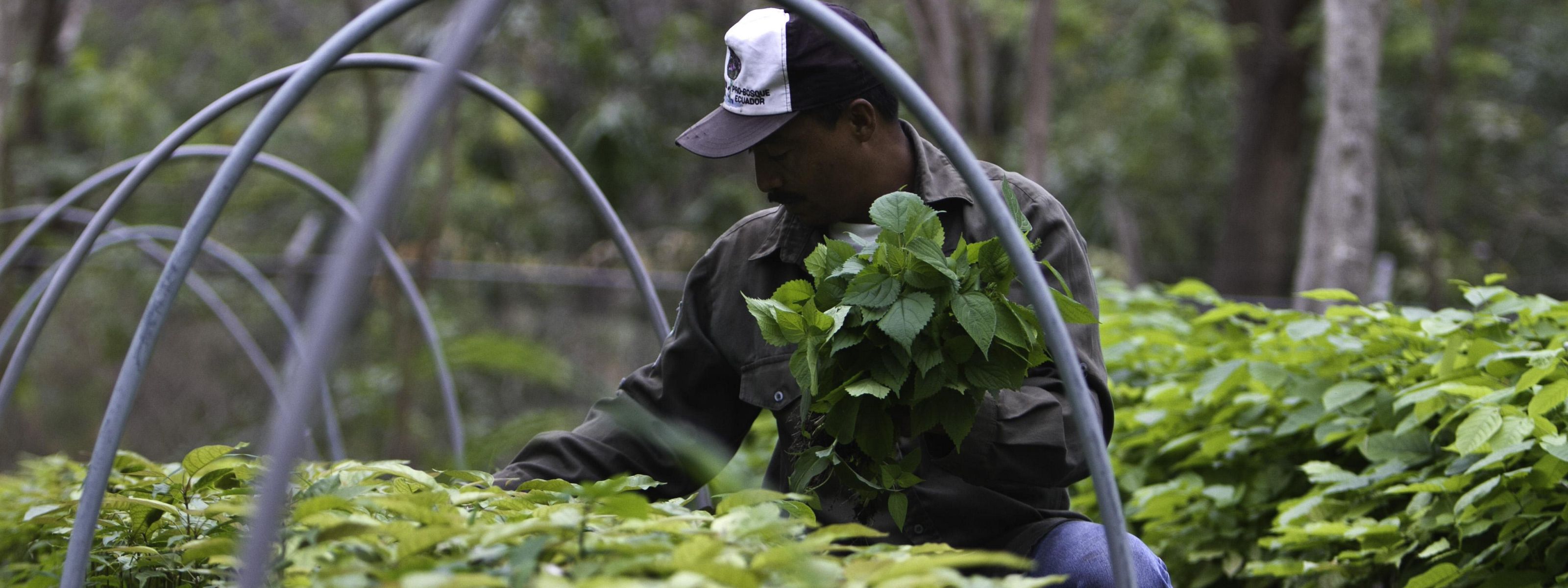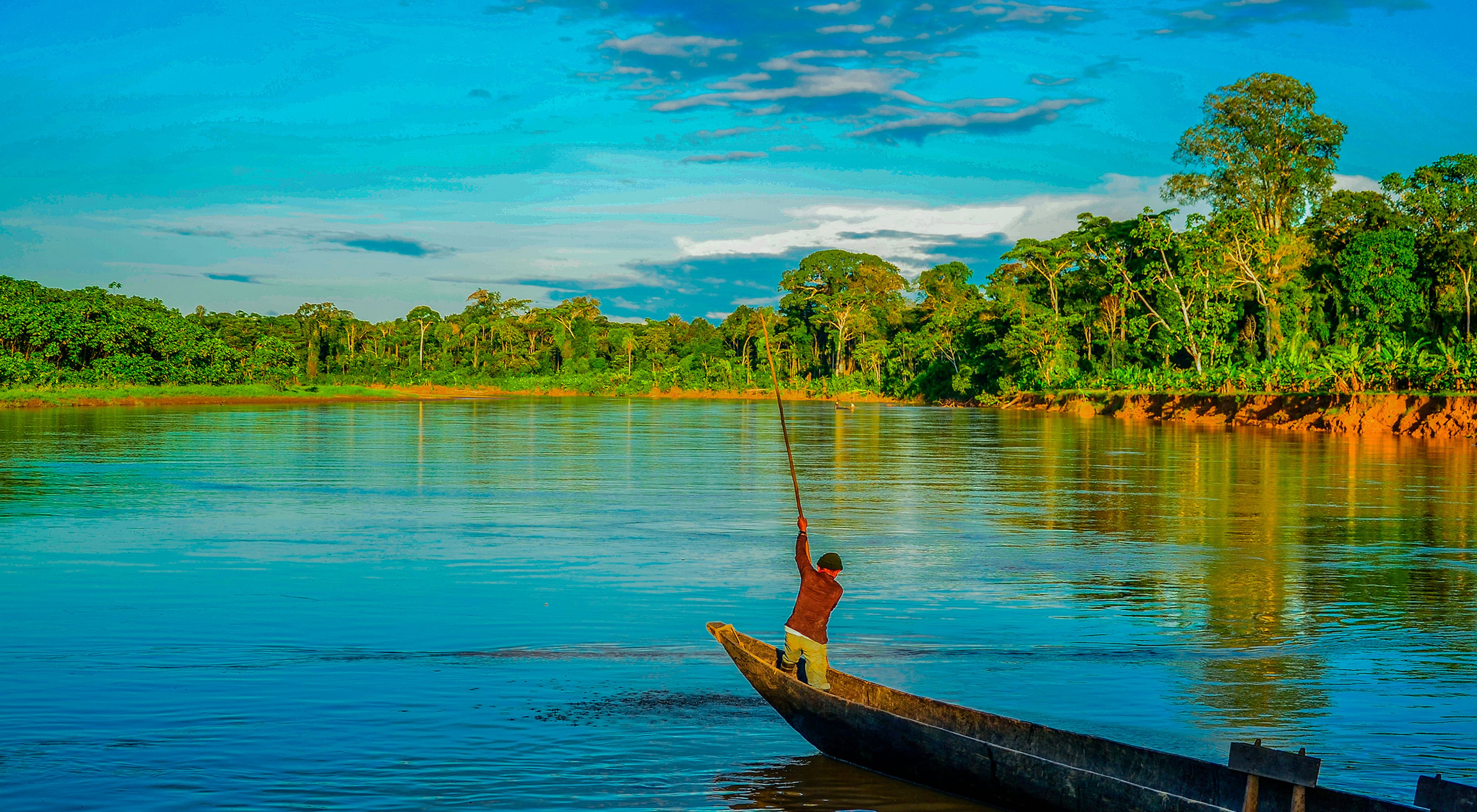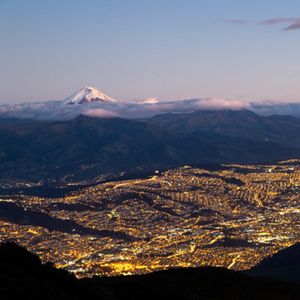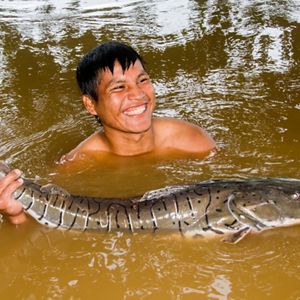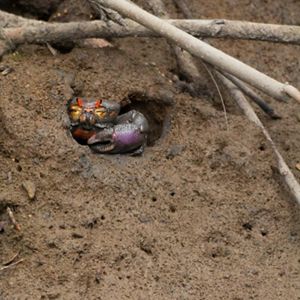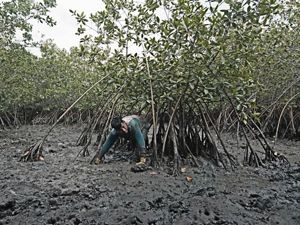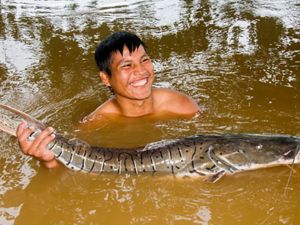The starting point to restore our planet’s health
From the top of the Andes, to the depths of the Pacific, from Galapagos Islands to the Amazon, we aim to turn Ecuador into an incubator for global solutions that enable nature and people to thrive together.
Ecuador is essential for the planet's balance
Ecuador's privileged geographic location makes it a globally recognized producer of commodities like bananas, shrimp or high-end cocoa. This also means it is the perfect place to test solutions on different backgrounds and environments. This biological powerhouse comprehends high-Andean ecosystems, thick and humid Amazon rainforests, Pacific mangroves, Galapagos Islands and even the Humboldt Current.
- 17 million inhabitants
- The most megadiverse country related to its size
- 59% of territory is covered by native vegetation
- 6% of all flora and fauna species in the world
- 1.1 million indigenous people
- 18 wetlands of international relevance
- 30% of territory is under some form of conservation
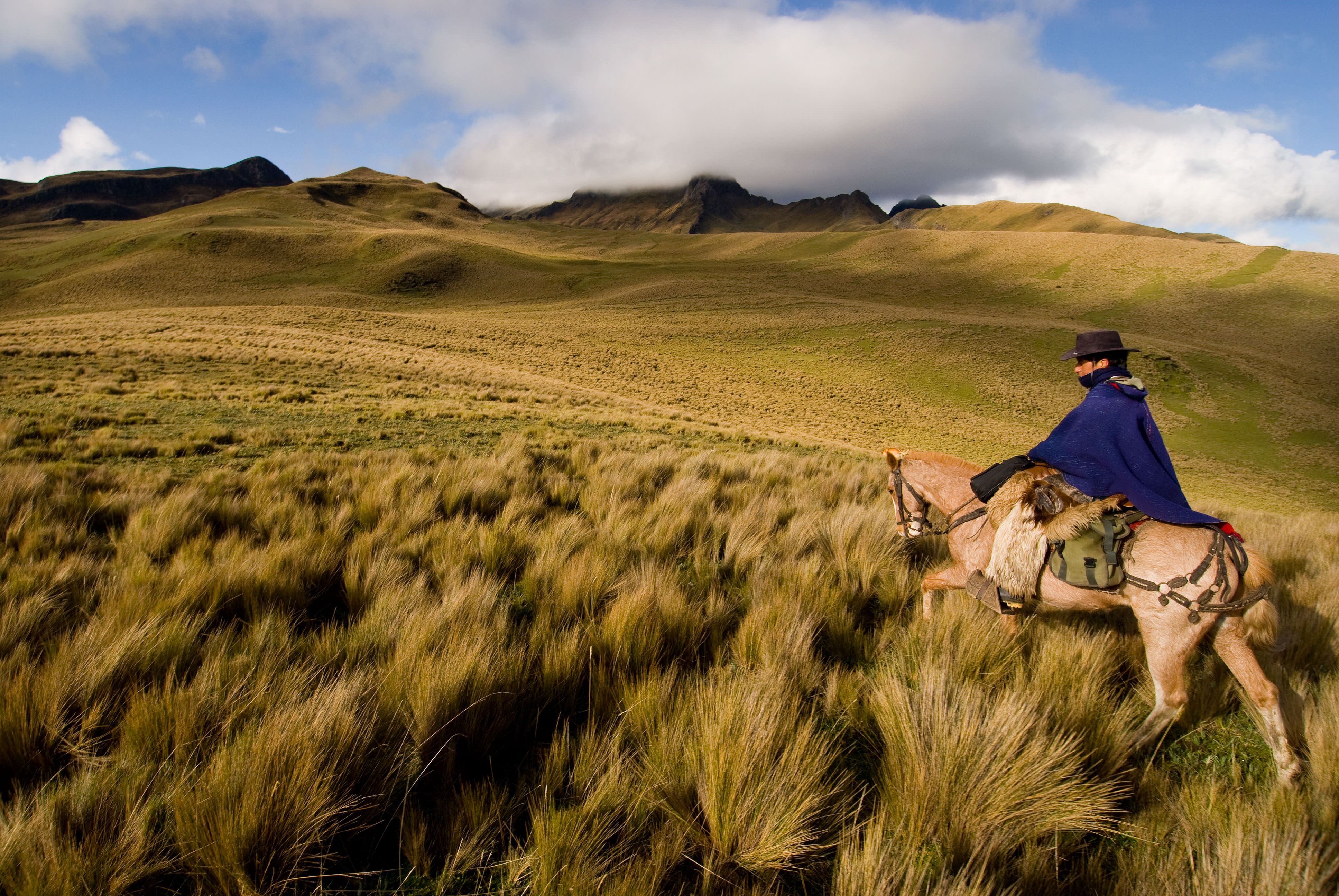
How does success look in Ecuador?
TNC Ecuador has managed to propose solutions to different kinds of problems and then turn these into replicable processes.
- First Water Fund created
- 2 million hectares of forests and wetlands protected
- 15 years protecting Galápagos Islands
The megadiversity related to its size makes Ecuador the ideal place to propose different models to implement in other geographies at scale.
Due to specific institutional conditions, TNC Ecuador has been able to replicate processes than then have been scaled in other geographies. Such is the case of Water funds, which were first created in Quito, a high-Andean landscape, and then exported globally.
As part of this success, in Ecuador we work on the “Voice, Choice, and Action Framework”—or VCA framework, a science-based community-driven approach to partnering with Indigenous peoples and local communities around shared conservation and sustainable development goals.
The Ecuador team has also worked on the development of conservation incentive models with native communities that depend on the Pacific mangrove ecosystems, strengthening these communities' ecosystem services management through sustainable crab and conch fishing.
Ecuador's threats
- Deforestation in the Amazon is one of the most urgent problems. This is mostly and specifically caused by traditional unsustainable agricultural practices and urban development.
- River fragmentation: hydropower projects threaten one of the most important resources in Ecuador and the world.
- Freshwater: deforestation is a big threat, but water pollution linked to pesticides and other substances represents an increasing risk to nature.
- Oceans: unsustainable fisheries. Illegal international fishing, and either lack of appropiate management or overexploitation of small fisheries.
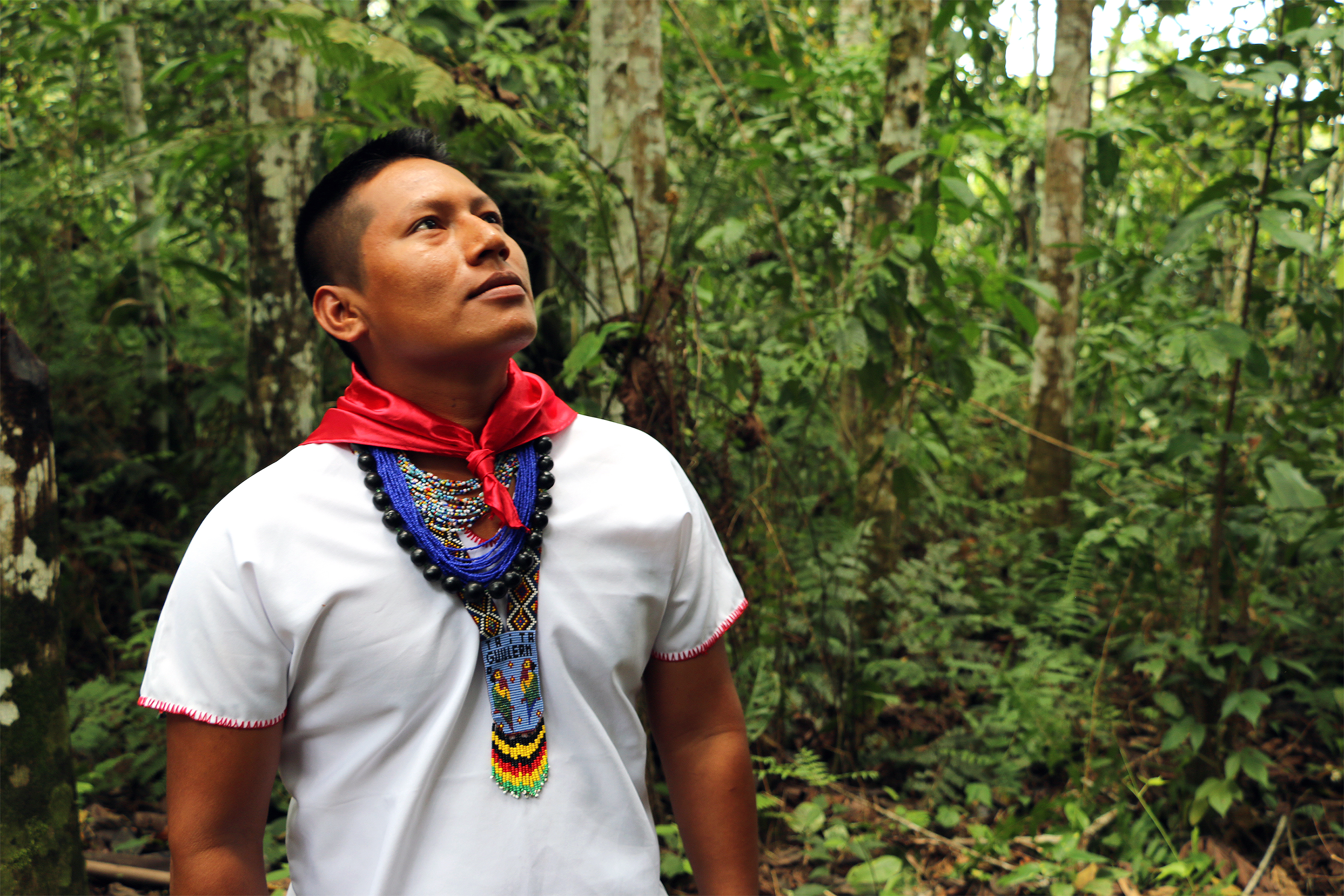
Capacity building with Amazonian communities
TNC has identified the Amazon Basin as a priority iconic place, indicating a must-win region where energy and resources have been placed to achieve specific outcomes for nature and people.
We aim to innovate by linking indigenous communities' work with forest protection, local governments, and support for local peoples through territorial development plans.
Ancestral residents and local communities secure their material resources, spiritual, and cultural necessities while playing a vital role in keeping the region’s free-flowing rivers and their teeming aquatic life healthy, for present generations and those to come.
Read more about the Sustainable Landscapes conservation program.
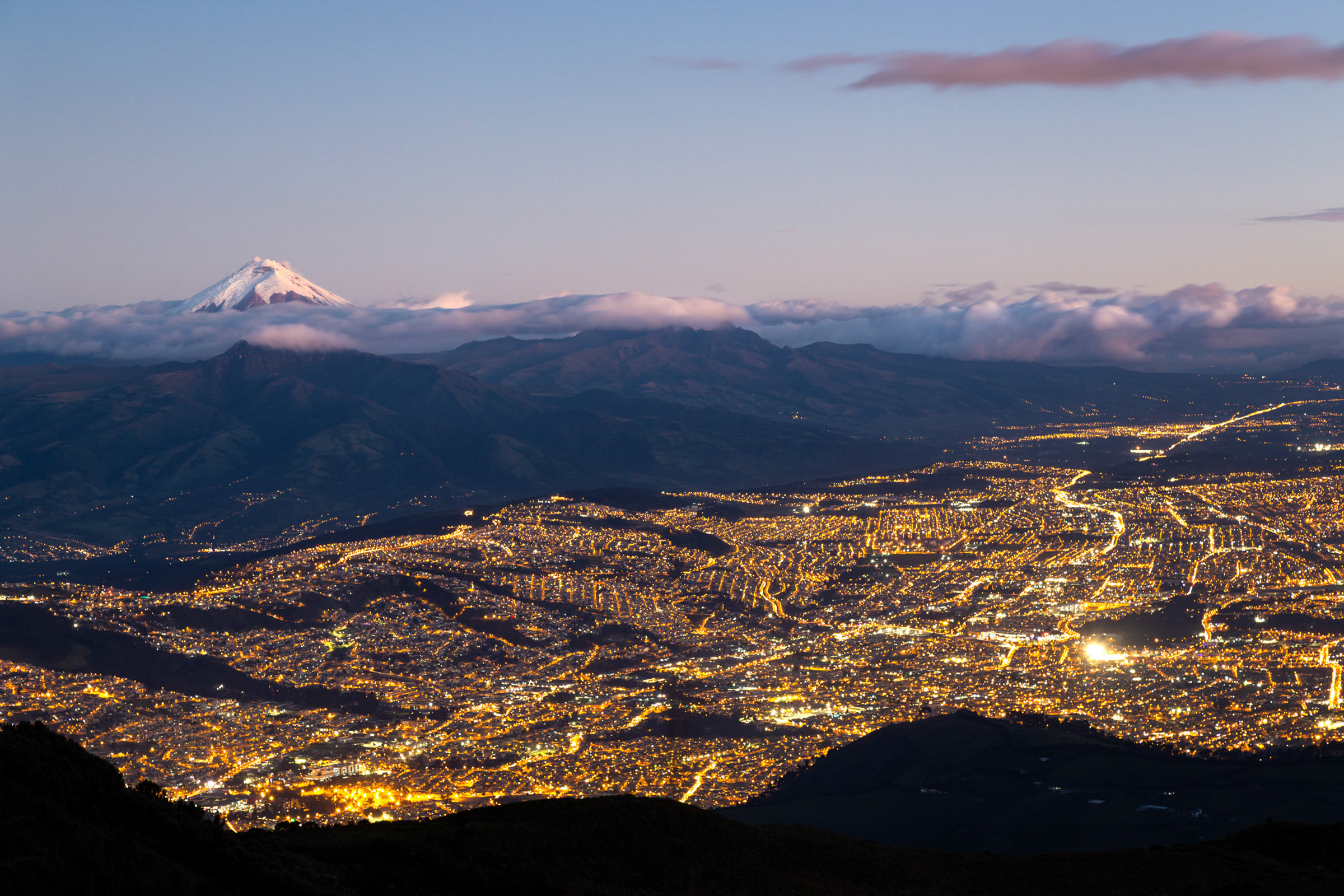
Water security for Ecuador's most populated cities
Sustainability of watersheds is framed within variable weather and climate conditions, land use change and the changing population demographics. TNC has worked to secure Quito, Guayaquil and other main cities in Ecuador's water security for over 20 years.
Our local experience has seen the Water funds model into a conservation powerhouse scaled to several different geographies, like Mexico, Colombia, Perú, Chile, and many others.
Read more about the Watershed management conservation program.
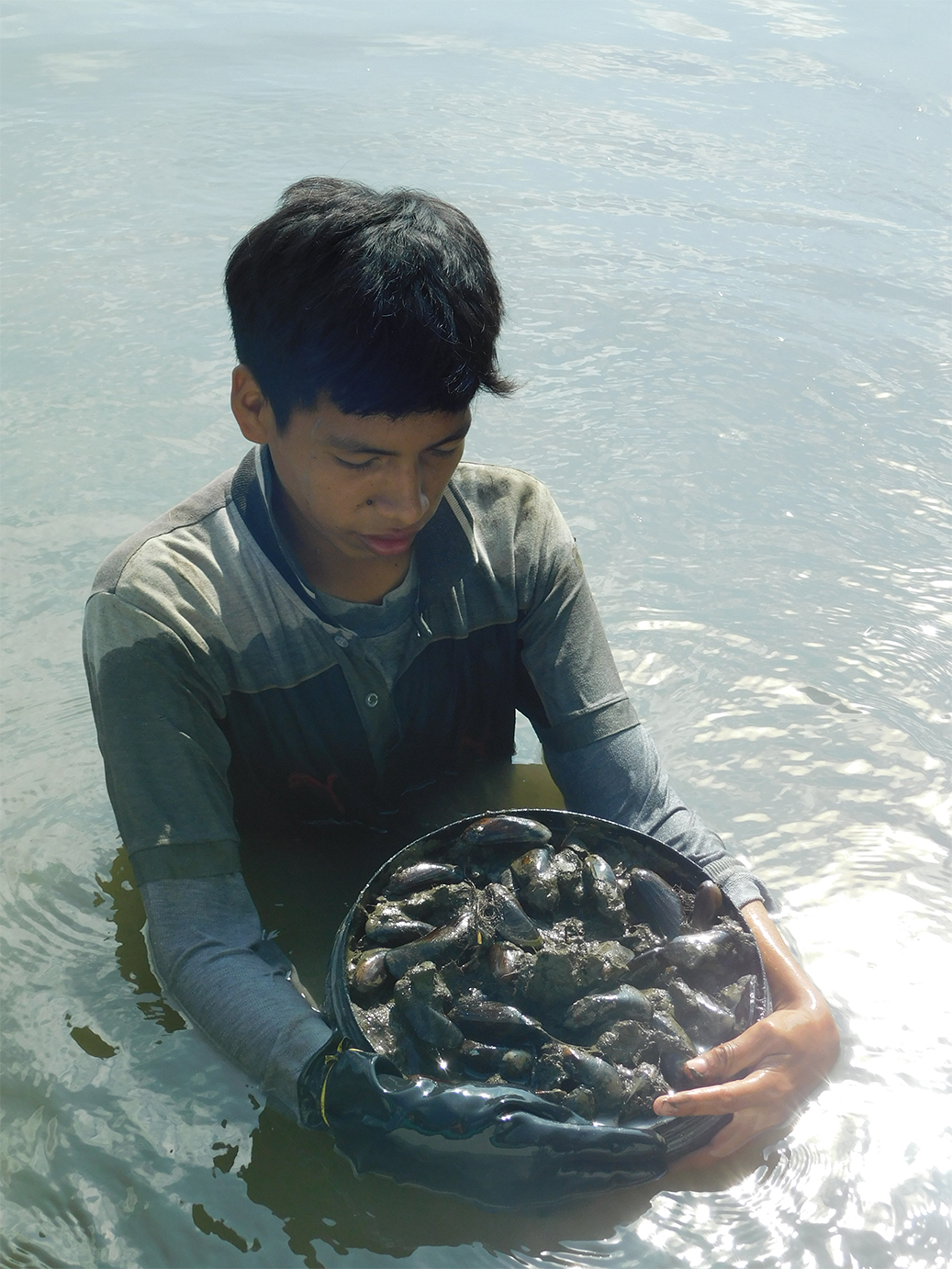
Innovative sustainable resources management with mangrove native communities
The Daule River basin and the Guayaquil Gulf mangroves are the most recent geographies that TNC has started working on to tackle some of the most urgent issues that threat Ecuador's thriving wildlife. Scaling of use and conservation agreements contributes to the strengthening of native communities' natural resource management, as well as their relationship to their territories.
Read more about the Marine-coastal Protection conservation program.
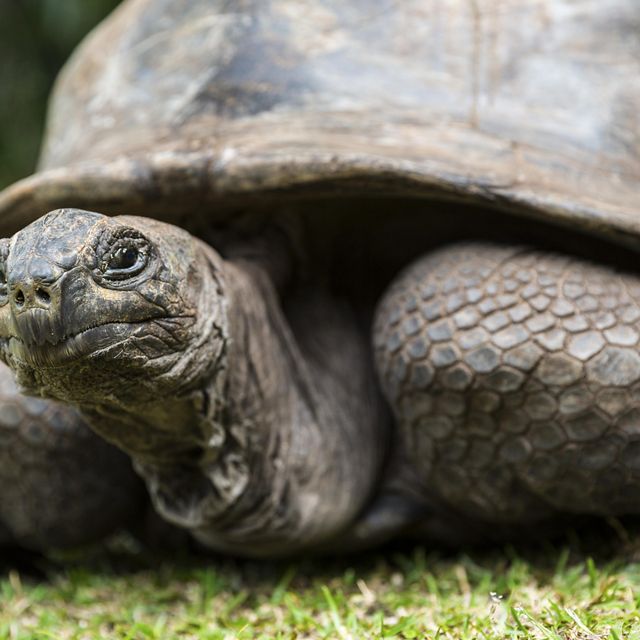
Success
Galapagos Islands Flagship Species Conservation
Pájaro Brujo Preserve represents 15 years of TNC’s work protecting Galápagos’ wildlife
Help us turn Ecuador into a solutions incubator
Sign up to receive regular updates from The Nature Conservancy.
